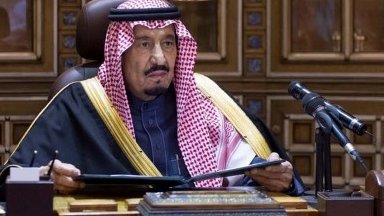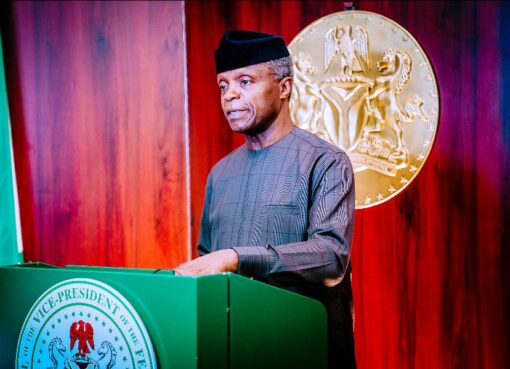Saudi Arabian King Salman has pledged continuity, hours after his accession to the throne following the death of his half-brother, King Abdullah.
The new king moved swiftly to appoint heirs and ministers, including one prince from the ruling dynasty’s third generation.
King Abdullah died overnight, weeks after being admitted to hospital with a lung infection.
He was buried in an unmarked grave in Riyadh, following Friday prayers.
His burial was conducted in line with the traditions of Wahhabism – the ultra-conservative form of Sunni Islam followed by the kingdom – where funerals are austere and simple.
King Abdullah’s body was wrapped in a shroud, and buried in a public cemetery after prayers attended by Gulf heads of state and some foreign leaders.
Within hours of acceding to the throne, King Salman, 78, vowed to maintain the same policies as his predecessors.
“We will continue adhering to the correct policies which Saudi Arabia has followed since its establishment,” he said in a speech broadcast on state television.
The new king wrote on his official Twitter account: “I ask God to help me succeed in my service of the dear [Saudi] people.”

He named another of King Abdullah’s half-brothers, Muqrin, who is in his late 60s, as the new crown prince.
Interior Minister Prince Mohammed bin Nayef, 55, was appointed deputy crown prince, making him second in line to the throne and effectively smoothing the line of succession for years to come.
Crown Prince Nayef is a grandson of King Abdulaziz, usually referred to as Ibn Saud, the founder of modern Saudi Arabia. The crown has so far passed between Ibn Saud’s sons, but few are still alive.
King Salman also appointed his own son, Mohammed bin Salman, as defence minister. Other ministers, including foreign, oil and finance, were kept in place, state TV reported.

The funeral of a Saudi monarch is a low-key affair, rooted in the kingdom’s ultra-conservative religious practice.
One of the world’s wealthiest monarchs – who in life resided in lavish palaces – is buried in an unmarked grave in a public cemetery.
Protocol permits no official mourning period, government offices stay open and flags remain at full mast.
The reason is that the House of Saud practises one of the strictest codes of Islam, in which followers try to emulate the behaviour of the Prophet Muhammad and avoid anything seen as un-Islamic “innovations”.
Public displays of grief are frowned upon by a religious establishment which views every aspect of life and death as a submission to God’s supreme will.
That means funerals are very puritanical in character, with a strong impression of egalitarianism in death.
Frank Gardner examines the legacy of Saudi Arabia’s King Abdullah
King Abdullah came to the throne in 2005 but had already been Saudi Arabia’s de-facto leader for 10 years because his predecessor, King Fahd, had been debilitated by a stroke.
Abdullah was said to be aged about 90. He had suffered frequent bouts of ill health in recent years, and King Salman had recently taken on the ailing monarch’s responsibilities.
US President Barack Obama paid tribute to Abdullah as a leader who “was always candid and had the courage of his convictions”. Vice-President Joe Biden said he would lead a delegation to Riyadh to pay respects.
Israeli President Reuven Rivlin praised Abdullah’s “grounded, considered and responsible leadership”, while Iran said its foreign minister would travel to Riyadh for an “official ceremony” on Saturday. (BBC)







